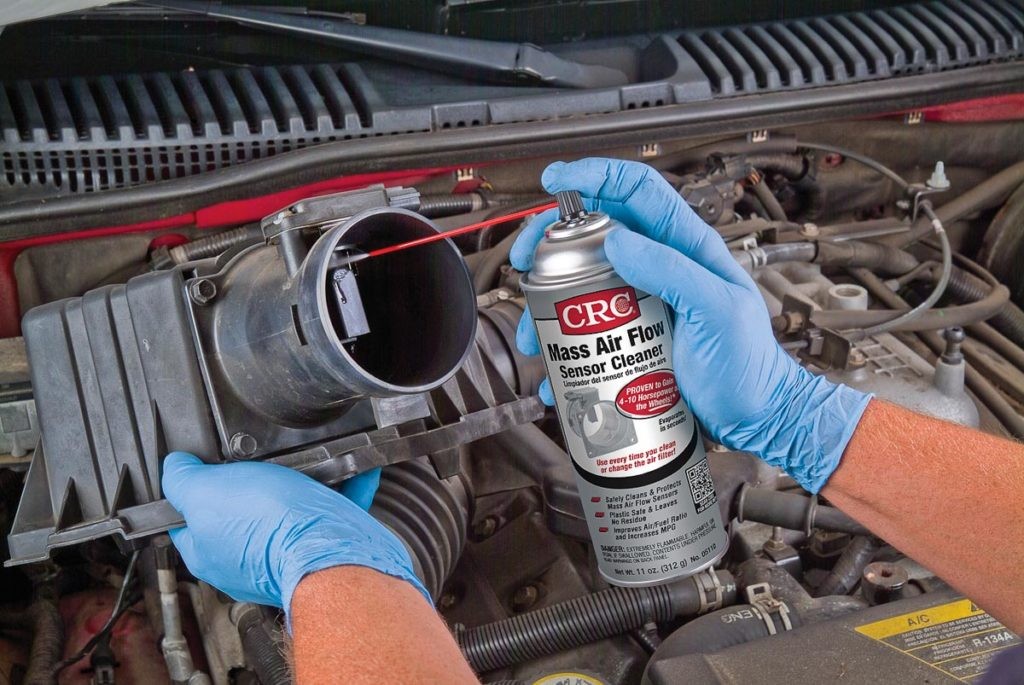If your car is experiencing rough idling, sluggish acceleration, poor fuel economy, or even a “Check Engine” light, a dirty Mass Air Flow (MAF) sensor might be the culprit. This guide provides a comprehensive walkthrough on how to clean your MAF sensor, restoring your engine’s performance and efficiency.
The MAF sensor is a critical component in modern fuel-injected engines. It measures the amount of air entering the engine, allowing the engine control unit (ECU) to calculate the correct fuel injection for optimal combustion. Over time, dirt, oil, and other debris can accumulate on the sensor, disrupting its readings and negatively impacting engine performance.
Understanding the Symptoms of a Dirty MAF Sensor
A dirty MAF sensor can manifest in various ways, including:
- Reduced Engine Power: You might notice a decrease in acceleration and overall engine performance.
- Poor Fuel Economy: A dirty MAF sensor can lead to inefficient fuel consumption, resulting in more frequent trips to the gas station.
- Engine Stalling: The engine might stall unexpectedly, especially at idle or low speeds.
- Rough Idling: The engine might run unevenly or vibrate excessively when idling.
- Increased Emissions: A malfunctioning MAF sensor can disrupt the air-fuel ratio, leading to higher emissions.
- Check Engine Light: The illumination of the check engine light is a common indicator of a potential MAF sensor issue.
Cleaning Your MAF Sensor: The Right Way
While some might suggest using throttle body cleaner or brake cleaner, these harsh chemicals can damage the delicate sensor. It’s crucial to use a specialized MAF sensor cleaner designed for this specific purpose. CRC Air Sensor Clean Pro is a recommended option, formulated to effectively clean the sensor without causing harm.
Here’s a step-by-step guide on how to clean your MAF sensor:
- Safety First: Turn off the engine and allow it to cool down completely before starting the cleaning process.
- Disconnect the MAF Sensor: Locate the MAF sensor, typically situated between the air filter box and the throttle body. Carefully unplug the electrical connector.
- Remove the Sensor (Recommended): While not always necessary, removing the sensor provides better access for cleaning. Consult your vehicle’s repair manual for specific instructions on removal.
- Apply MAF Sensor Cleaner: Hold the can of MAF sensor cleaner approximately 4-5 inches away from the sensor’s hot wire or hot plate. Apply short bursts of cleaner, allowing it to flow across the sensor element. Avoid touching the delicate sensor components.
- Allow to Dry: Let the sensor air dry completely before reinstalling it. Do not use compressed air or any other method to accelerate drying.
- Reinstall and Reconnect: Once dry, carefully reinstall the MAF sensor and reconnect the electrical connector.
- Test Drive: Start the engine and take a short test drive to verify that the issue has been resolved.
Maintaining a Clean MAF Sensor
Cleaning your MAF sensor is a relatively simple maintenance task that can significantly improve your vehicle’s performance and longevity. It’s recommended to clean the sensor every 15,000 to 20,000 miles, or whenever you replace your air filter. By following these steps and using the correct cleaning product, you can ensure your MAF sensor functions optimally, keeping your engine running smoothly and efficiently.


